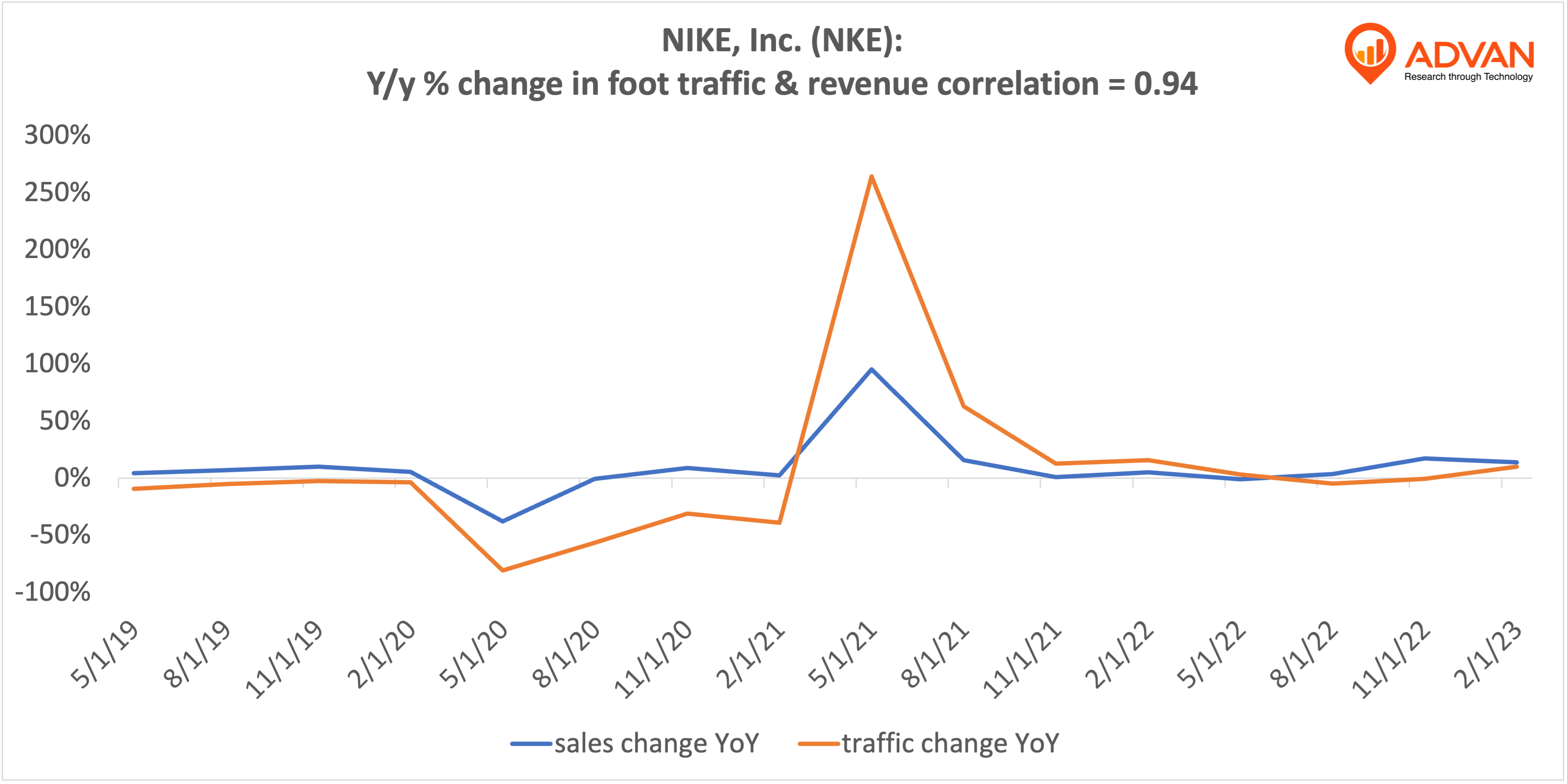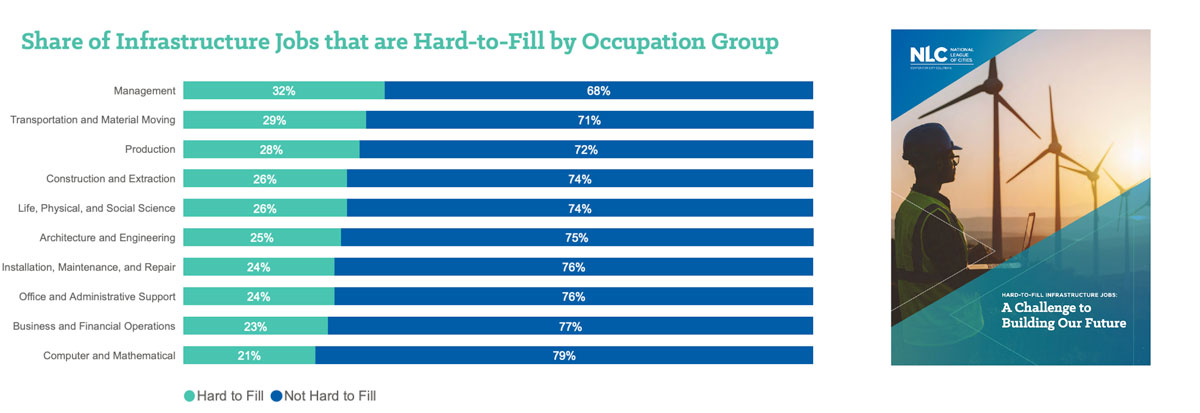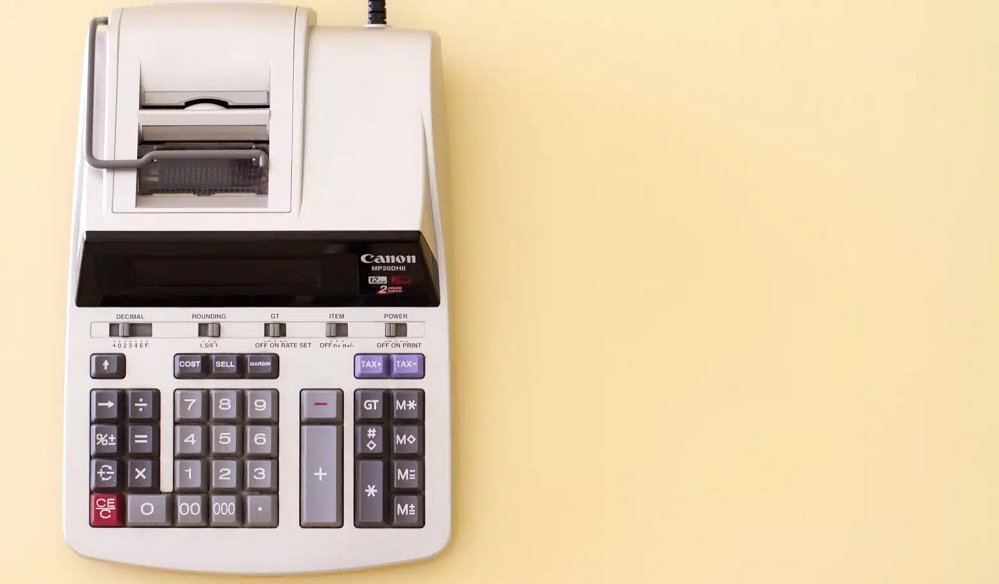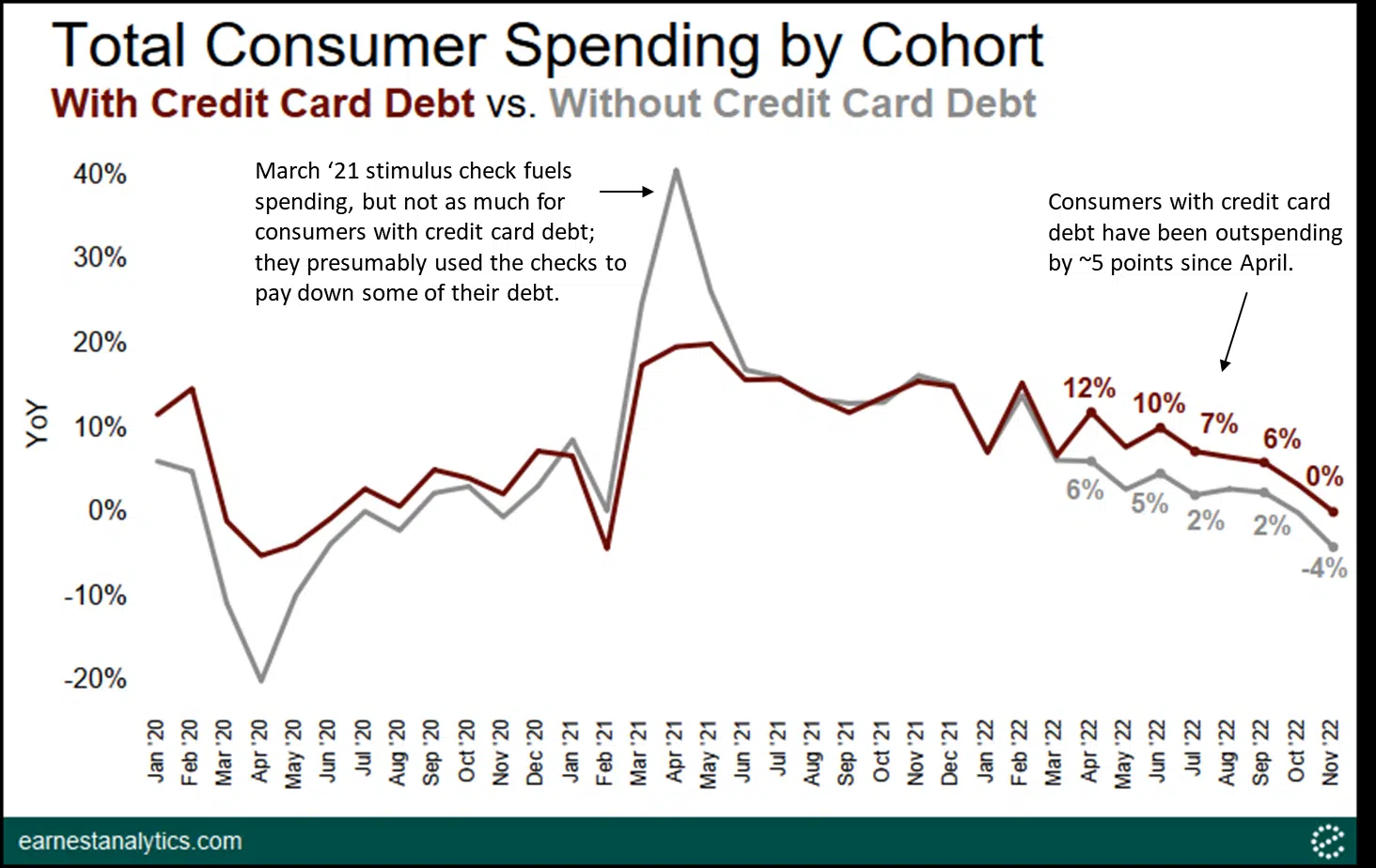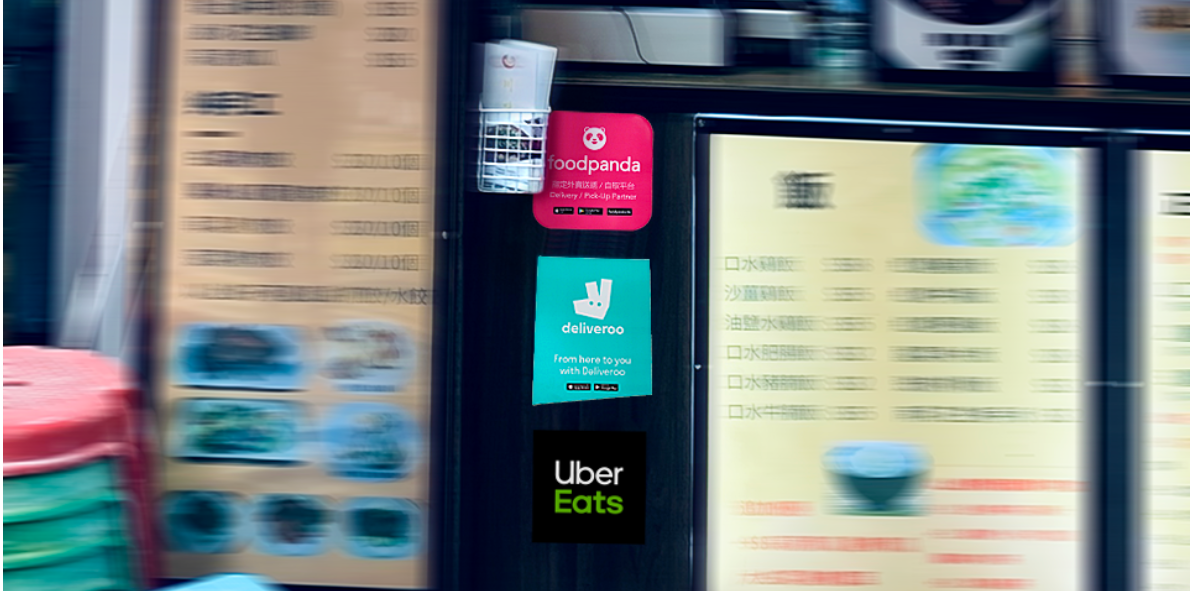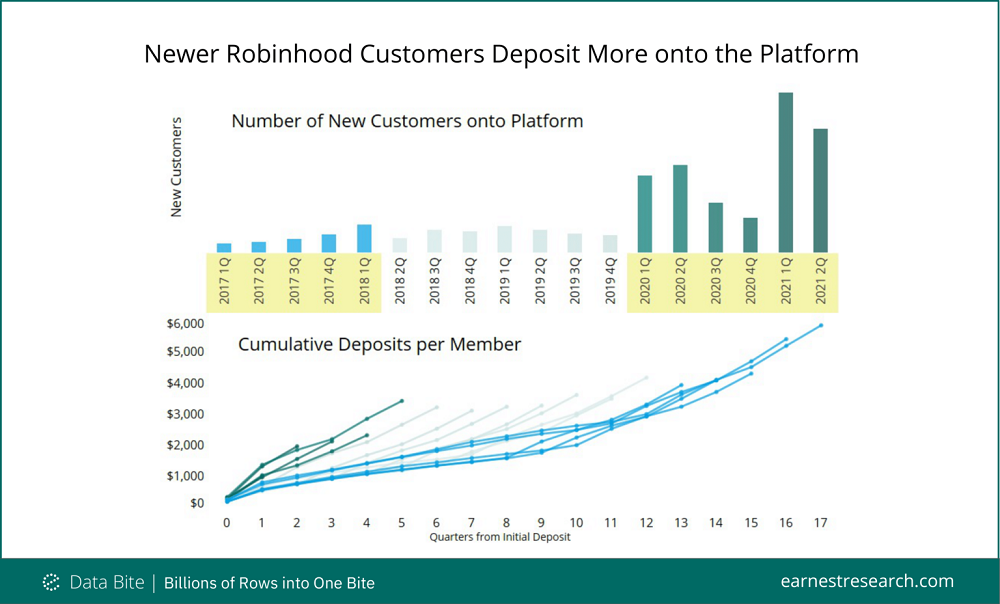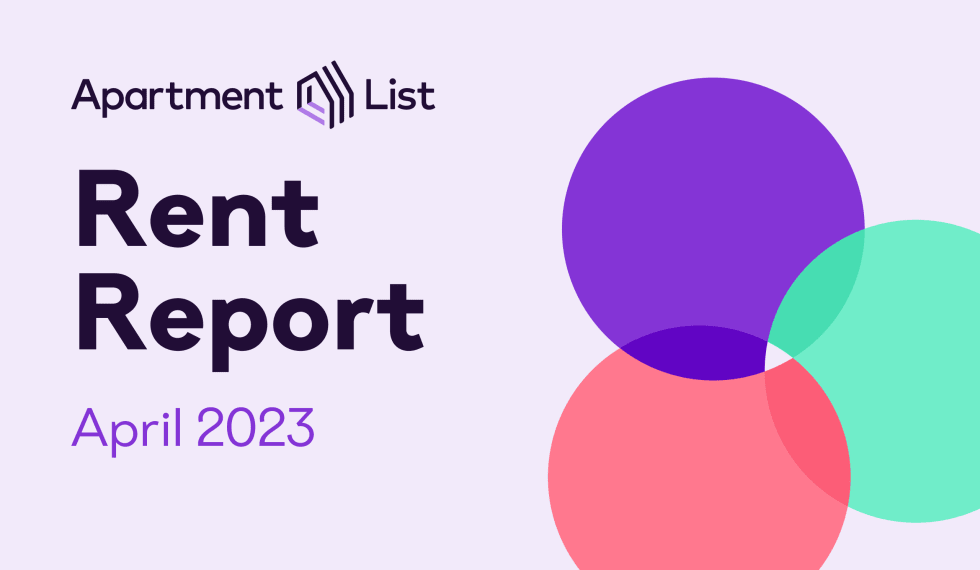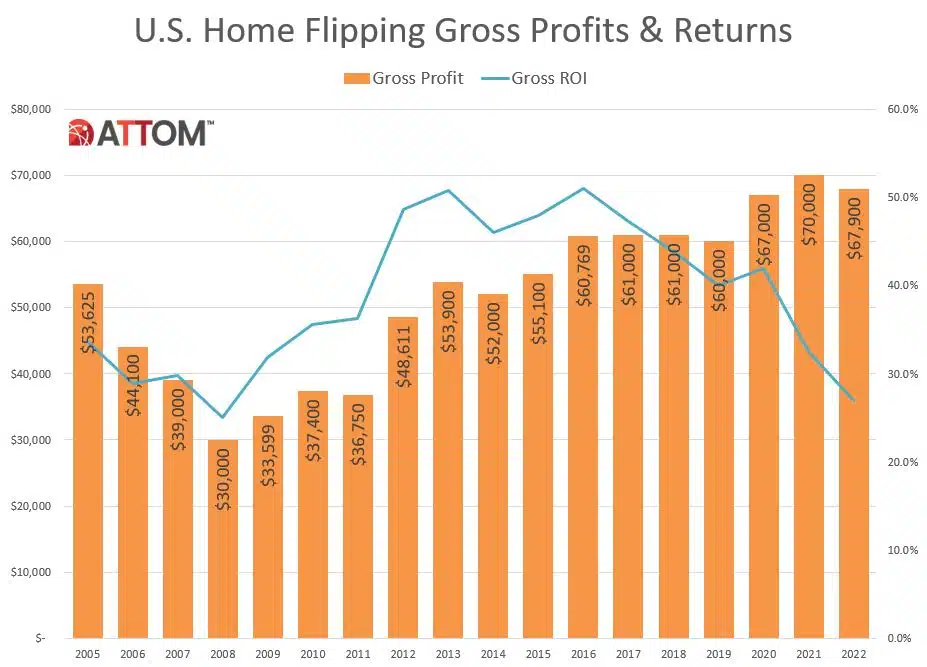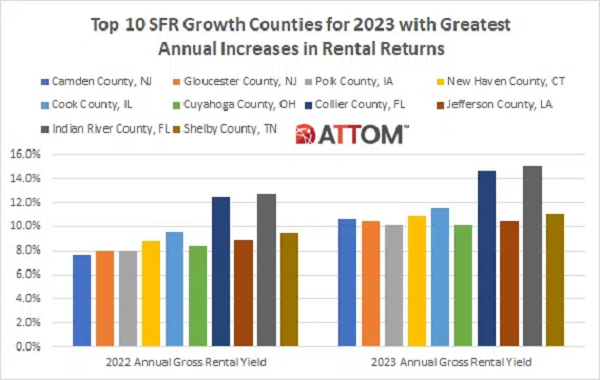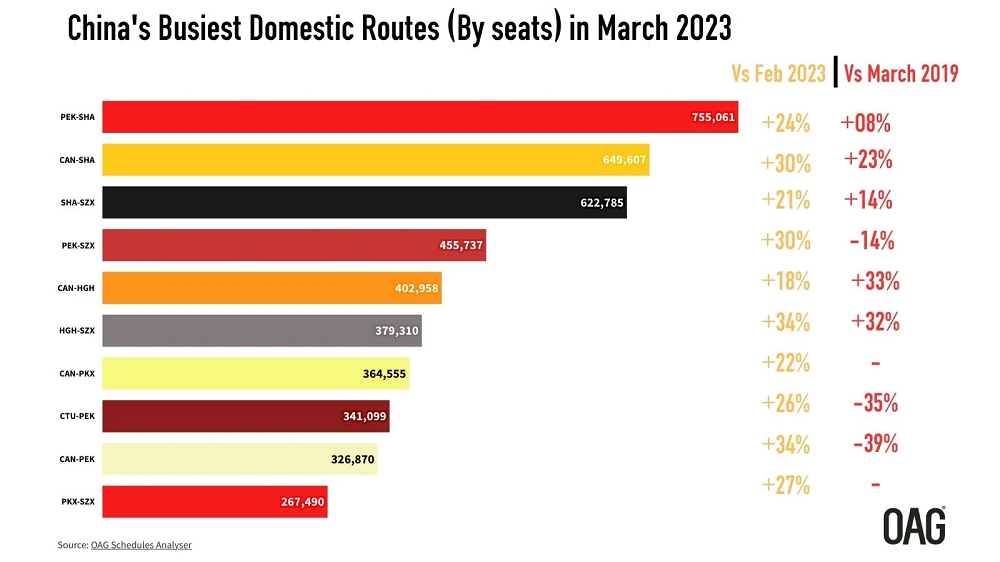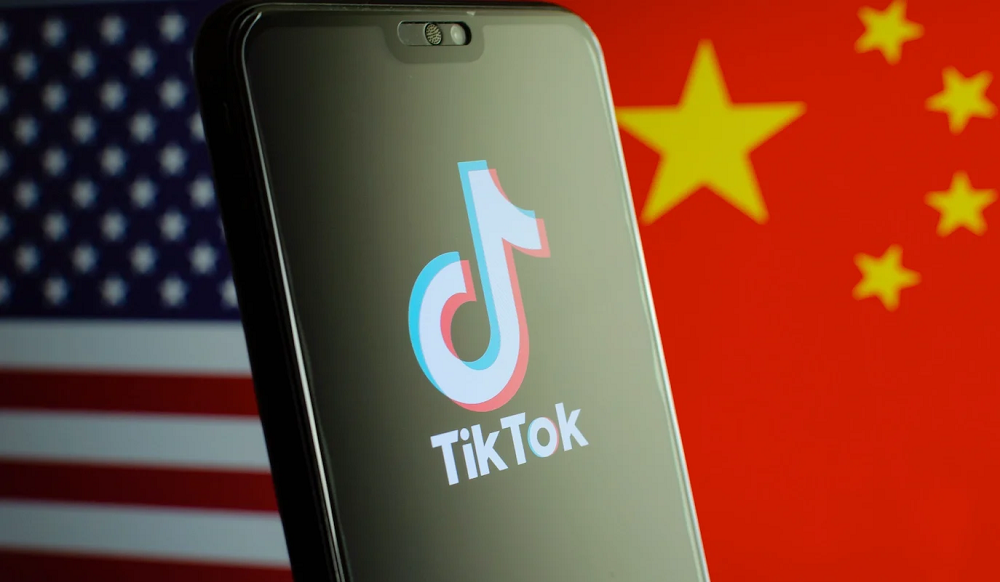The total number of claims among the entire GLP-1 class of diabetes and obesity drugs grew rapidly in the past four years according to Earnest claims data; growing 4x in the past four years with particular accelerated growth in the past several months. February 2023 alone saw growth of 78% YoY, up from \~50% YoY in 2022 and \~30% YoY in 2021. As a sign of continued growth, new-to-brand prescriptions accelerated in 2H22, and now constitute 16% of prescription claims, up from a relatively steady \~10% in the past.
We last checked in on the department store space through the lens of luxury leader Nordstrom. In this department store deep dive we took an in-depth look at Belk – a mid-tier chain based in North Carolina – which recently launched its first two Belk Outlet stores. Following the lead of other department stores, the new format signals Belk’s foray into the growing off-price market.
Hong Kong fully removed its strict border restrictions on 13th December 2022, and its mask mandate on 1st March 2023 - one of the last territories in the world to do so. Throughout their prolonged lockdown, airlines faced stringent measures and strict penalties, leading to many simply canceling their routes altogether. At its worst, airline capacity in April 2020 dropped to -92% compared to 2019 levels, and recovered to a meager -75% in November 2022.
ForwardKeys, the leading travel and analytics firm based in Spain, latest research reveals that seat capacity for intra-European arrivals during Easter is expected to reach pre-pandemic levels. The destinations with the largest increases in air supply (out of destinations with a share >2 %) are Turkey, +26% up on 2019 levels, followed by Portugal (+12%) and Poland (+9%).
Welcome to the April 2023 Apartment List National Rent Report. Our national rent index increased by 0.5 percent over the course of March, the second straight monthly increase and a slight acceleration over last month’s pace. This month’s increase is of a similar magnitude to the typical March price change that we saw in pre-pandemic years. After 2022 closed out with record-setting price declines, it appears that rental demand is rebounding in line with the usual seasonal trend.
Our latest white paper – 10 Regional Powerhouses to Watch: Top Brands Dominating Local Markets – examines companies across five different retail and retail service categories that are highly successful in their region. Some have expanded – or are planning to expand – into new markets, while others are choosing to focus solely on their current region. But although the different businesses have different approaches to expansion, all these companies have established a strong foothold in their respective markets and are well-positioned for future growth.
As 2022 wound down, we at PlaceIQ took one last look at our Reemergence Dataset: the year-over-year index we built to power our Social Distance Tracker. The Reemergence Dataset compared a panel of foot traffic against 2019, our pre-pandemic benchmark. Throughout our analysis, we’ve spotted many hidden trends. From selective returns of consumer demand to changing dining preferences. From the quirks with the return to campuses to shopping while distancing. Before we filed the Reemergence Dataset into cold storage, we had a lingering question regarding the recovery of urban and suburban areas.
It appears that people are obsessed with measuring airlines. From the quality of service, the number of destinations served, on-time performance, passengers carried, load factors and just occasionally profitability, there are many interesting data points (many of which can be answered by OAG data). However, we rarely measure, or even note, one of the largest data points in the whole aviation industry - Available Seat Kilometres (ASKs). And even more rarely, ASKs by specific aircraft type; well until now!
Notable Hit 1: (NKE:NYSE) On Tuesday March 21, 2023 NIKE, Inc. (NKE) posted revenues of $12.39 bn, surpassing the consensus estimates by +8.3% and in the same direction as Advan's forecasted sales. The revenue increased 14% YoY - in line with Advan's foot traffic data increase of 10% YoY at its stores for Q4 2022. Advan's footfall data has a correlation of 0.94 on a YoY basis with NKE's top-line revenue over the last 16 quarters.
The past few years have thrown plenty of curveballs at brick-and-mortar retail – and in 2020, headlines announcing store closings and proclaiming an imminent “retail apocalypse” seemed to be everywhere. But while shuttering locations can signal retail decline, rightsizing – taking proactive steps to match a company’s store configuration to actual market conditions – can also be a chain’s first step in regrouping to overcome unexpected hurdles. Retailers that prove themselves capable of reacting nimbly to a changing environment will ultimately be better positioned to thrive over the long haul.
ATTOM, a leading curator of land, property, and real estate data, today released its year-end 2022 U.S. Home Flipping Report, which shows that 407,417 single-family homes and condos in the United States were flipped in 2022. That was up 14 percent from 357,666 in 2021, and up 58 percent from 2020, to the highest point since at least 2005. The report reveals that the number of homes flipped by investors last year represented 8.4 percent of all home sales, also the largest figure since at least 2005.
On March 20, 2023, Foot Locker Inc (NYSE: FL) reported fourth quarter revenue that exceeded investors’ expectations and remained relatively consistent compared to the year before. The day after Foot Locker’s earnings call, Nike Inc (NYSE: NKE) also announced an earnings surprise for its third fiscal quarter of 2023. Bloomberg Second Measure’s transaction data correctly projected the earnings surprises for both Foot Locker and Nike within one percent of reported revenue, beating mean consensus estimates.
TikTok, the most popular social media app for Gen Z, could be facing a ban in the United States based on fears (maybe facts, not sure) that China is using the app to gain information on US citizens. Another country who is at odds with China, has already banned more than 250 apps originating from the country. TikTok is one of those, and on June 30, 2020, it was suddenly nowhere to be found on the app stores in India. The fallout in the country's social media landscape could have insights into what might play out in the US.
Darden Restaurants is one of the world’s largest restaurant groups. The company owns nearly 2,000 restaurants, from its higher-end concepts such as Eddie V’s and The Capital Grille to its more casual dining options, which include Olive Garden and LongHorn Steakhouse. With restaurants across the country continuing to feel the inflationary pressures, how is the brand faring? We take a closer look.
March Madness is here and millions of viewers will be tuning into this year's NCAA Basketball tournament to cheer on their favorite team, or live out the heartbreak of an upset. And while many die-hard fans will be glued to their monitors, this tourney offers non-sports addicts the opportunity to flex their luck by participating in bracket pools with their friends and colleagues.
Total construction starts rose 6% in February to a seasonally adjusted annual rate of $912.8 billion, according to Dodge Construction Network. During the month, residential and nonresidential building starts rose 11% and 9% respectively, and nonbuilding starts declined by 5%. For the first two months of 2023, total construction starts were 17% below that of 2022. On a year-over-year basis, residential starts were down 31%, nonresidential starts were off 14%, while nonbuilding starts gained 6%.
CoreLogic®, a leading global property information, analytics and data-enabled solutions provider, today released its latest Single-Family Rent Index (SFRI), which analyzes single-family rent price changes nationally and across major metropolitan areas. U.S. annual single-family rent growth continued to slow year over year in January, declining for the ninth straight month to 5.7%. Orlando, Florida posted the country’s largest annual gain for the third consecutive month, while Miami dropped out of the top three highest-growth markets for the first time since the summer of 2021.
In recent years, demand for self-storage facilities has grown relative to the pre-pandemic era. For many consumers at the onset of the pandemic, the prospect of spending more time at home induced a decluttering spree that necessitated extra storage. At the same time, many Americans relocated and businesses re-evaluated their office needs – transitions that often required storage space.
Beijing-Shanghai (PEK-SHA) is the busiest domestic airline route in China this month, with a total of 755,061 scheduled seats between the two airports. This flight route sees a 24% increase month-on-month, and an 8% increase when compared to March 2019. The second largest domestic route is Guangzhou-Shanghai (CAN-SHA) with 649,607 scheduled seats, an increase of 30% compared to last month, and a 23% compared to pre-pandemic levels in March 2019.
ATTOM’s just released Q1 2023 U.S. Single Family Rental Market Report, which ranks the best U.S. counties for buying single-family rental properties in 2023, found that the average annual gross rental yield on three-bedroom properties (annualized gross rent income divided by purchase price) is projected to be 7.5 percent in 2023. According to ATTOM’s latest single family rental market analysis, that figure is up from an average of 6.7 percent in 2022 in those same markets and marks the first time since at least 2019 that the figure rose across the country.













